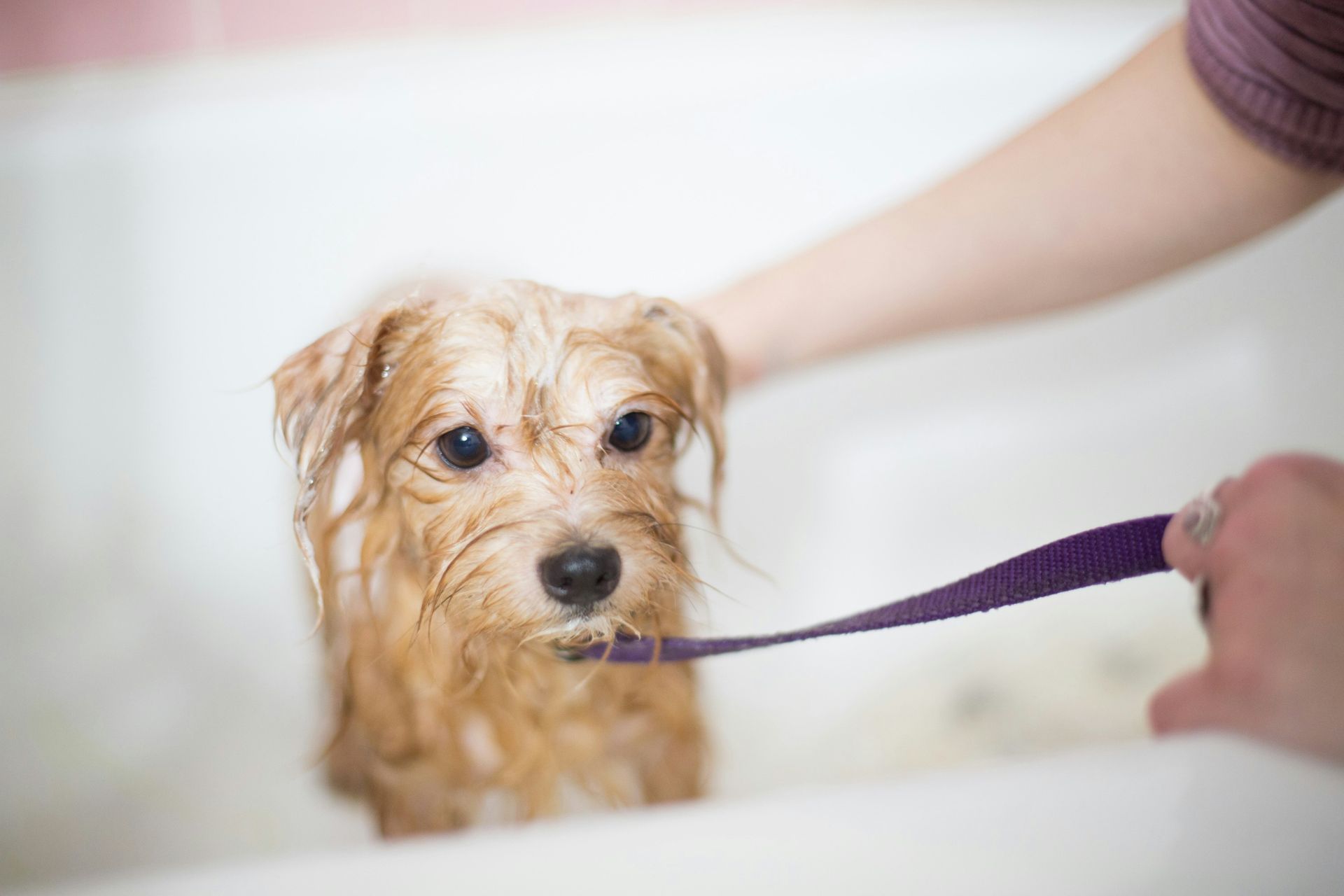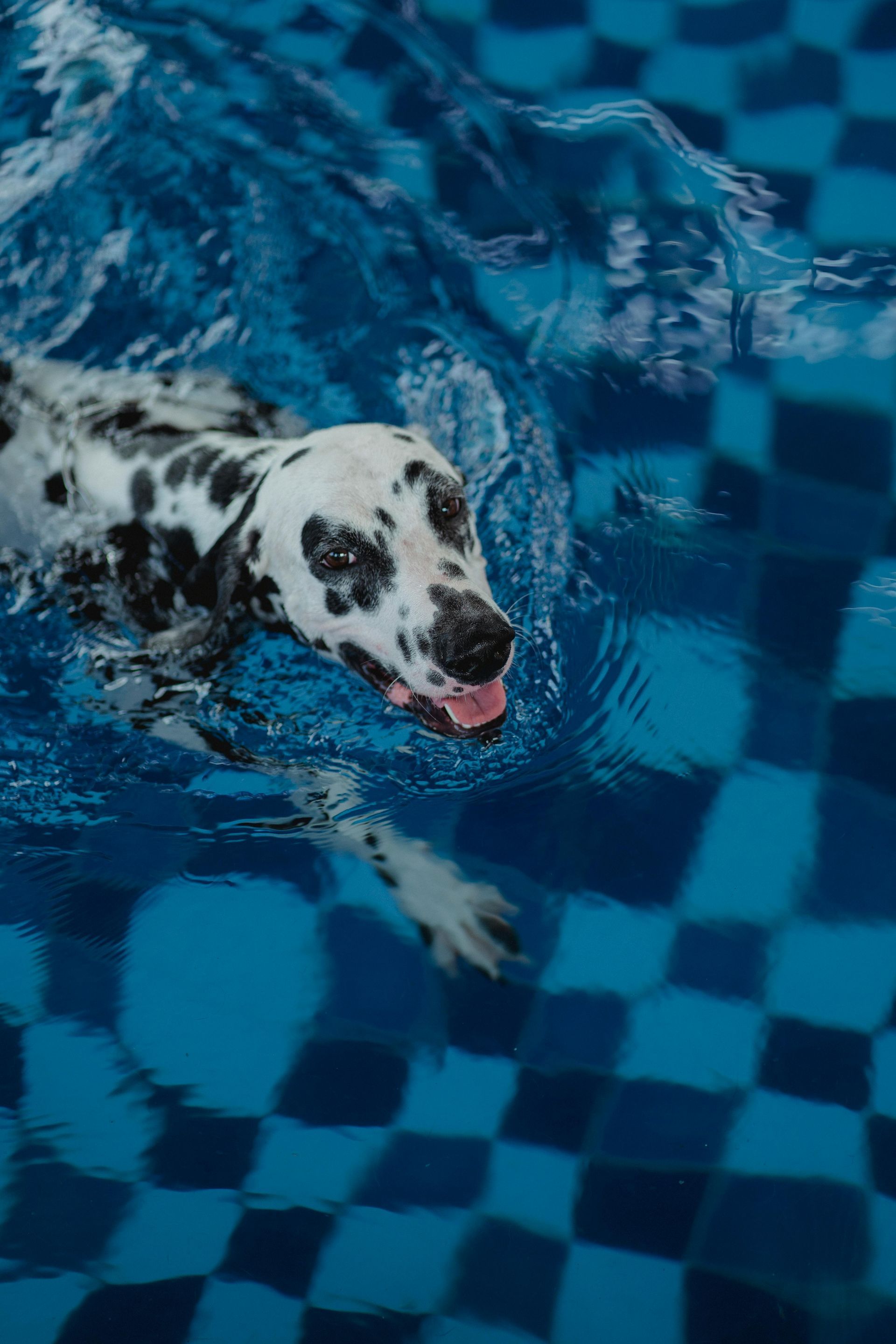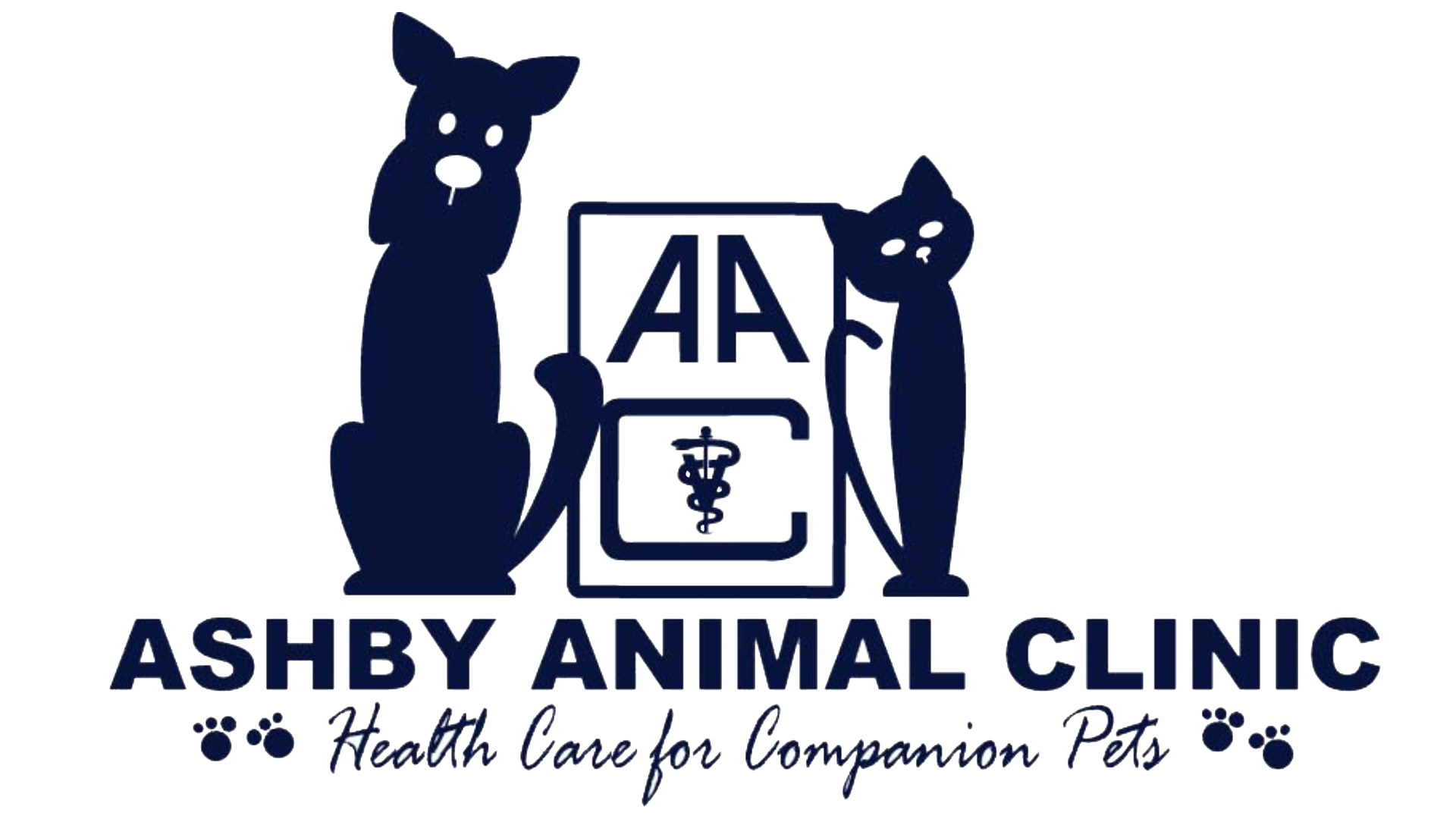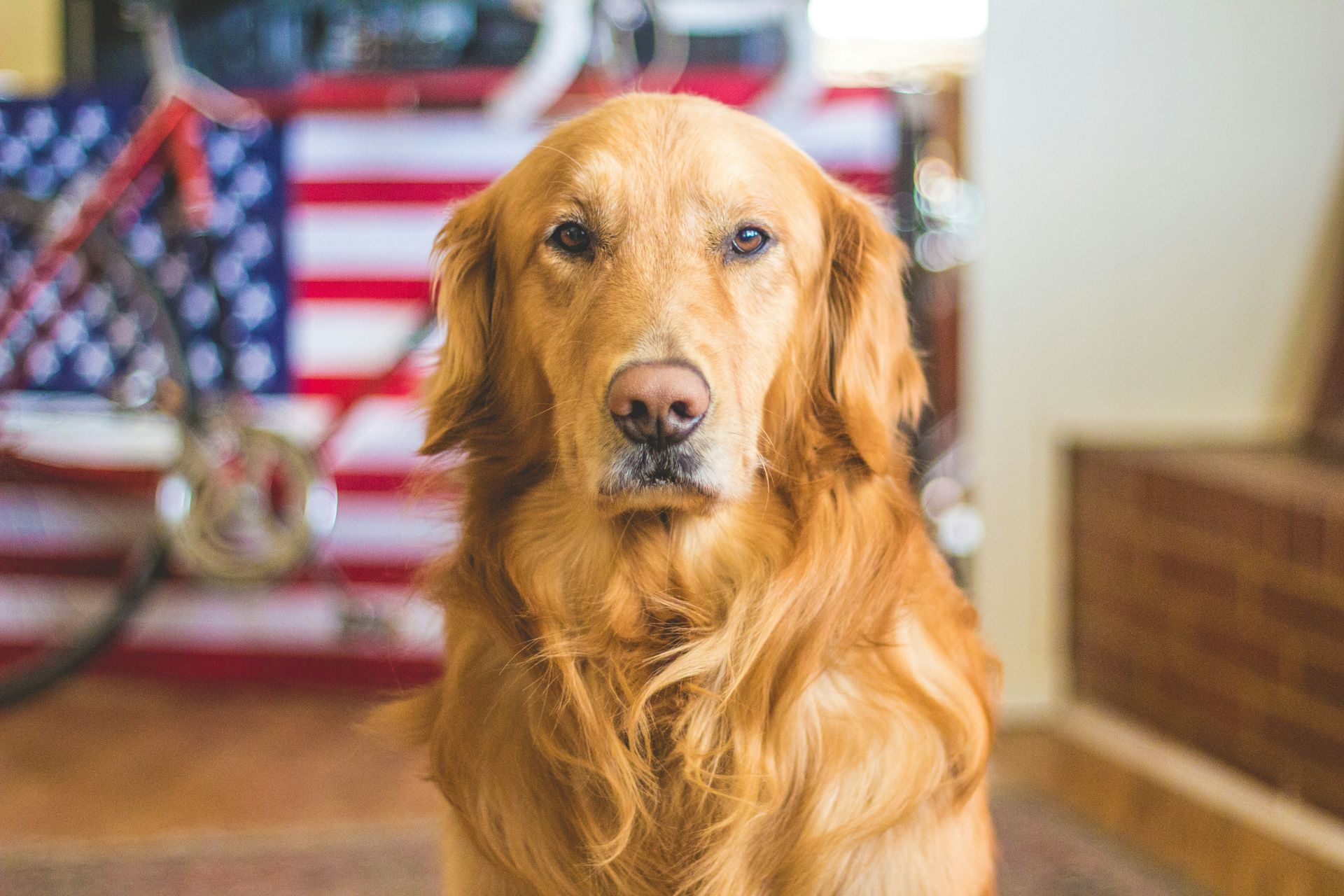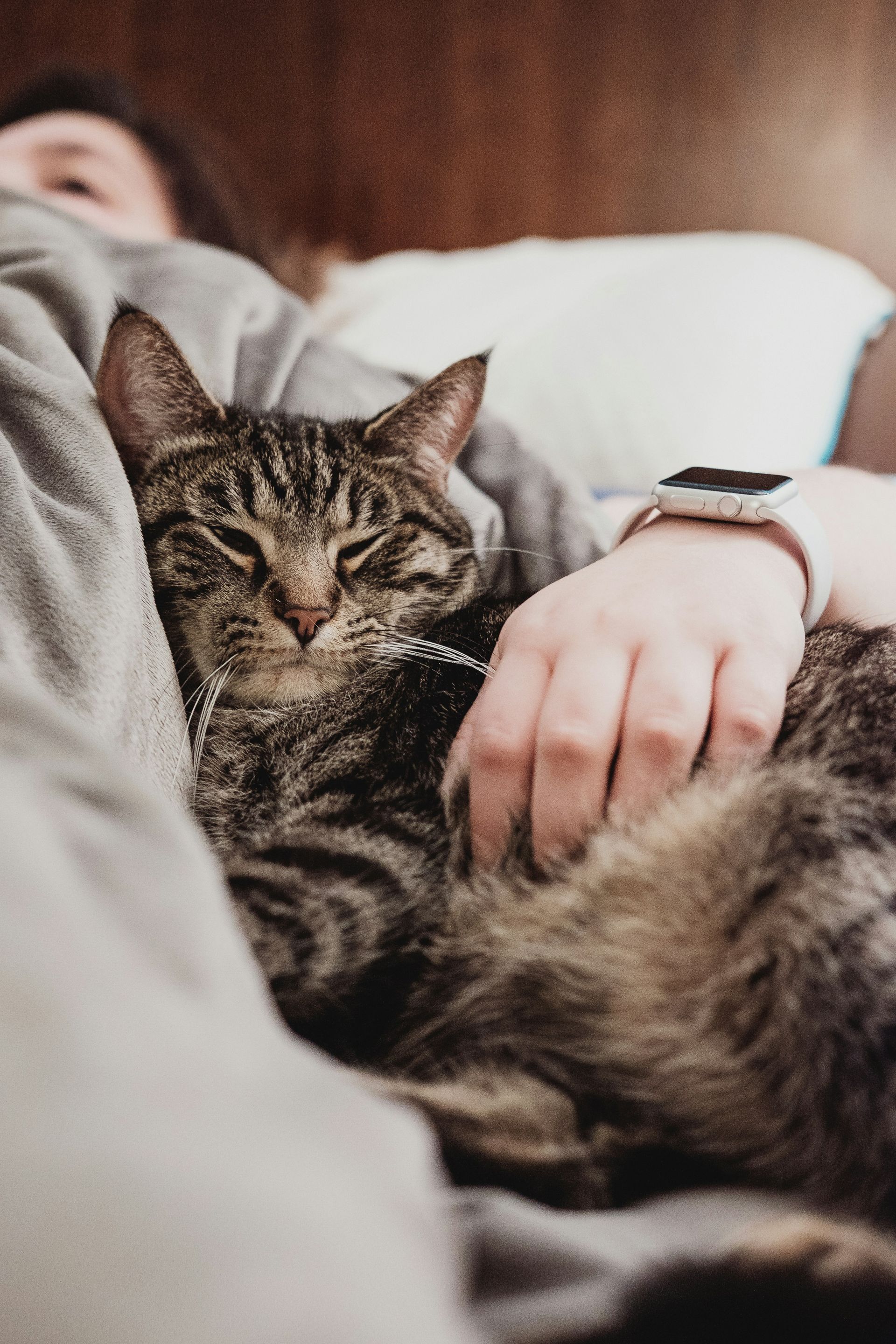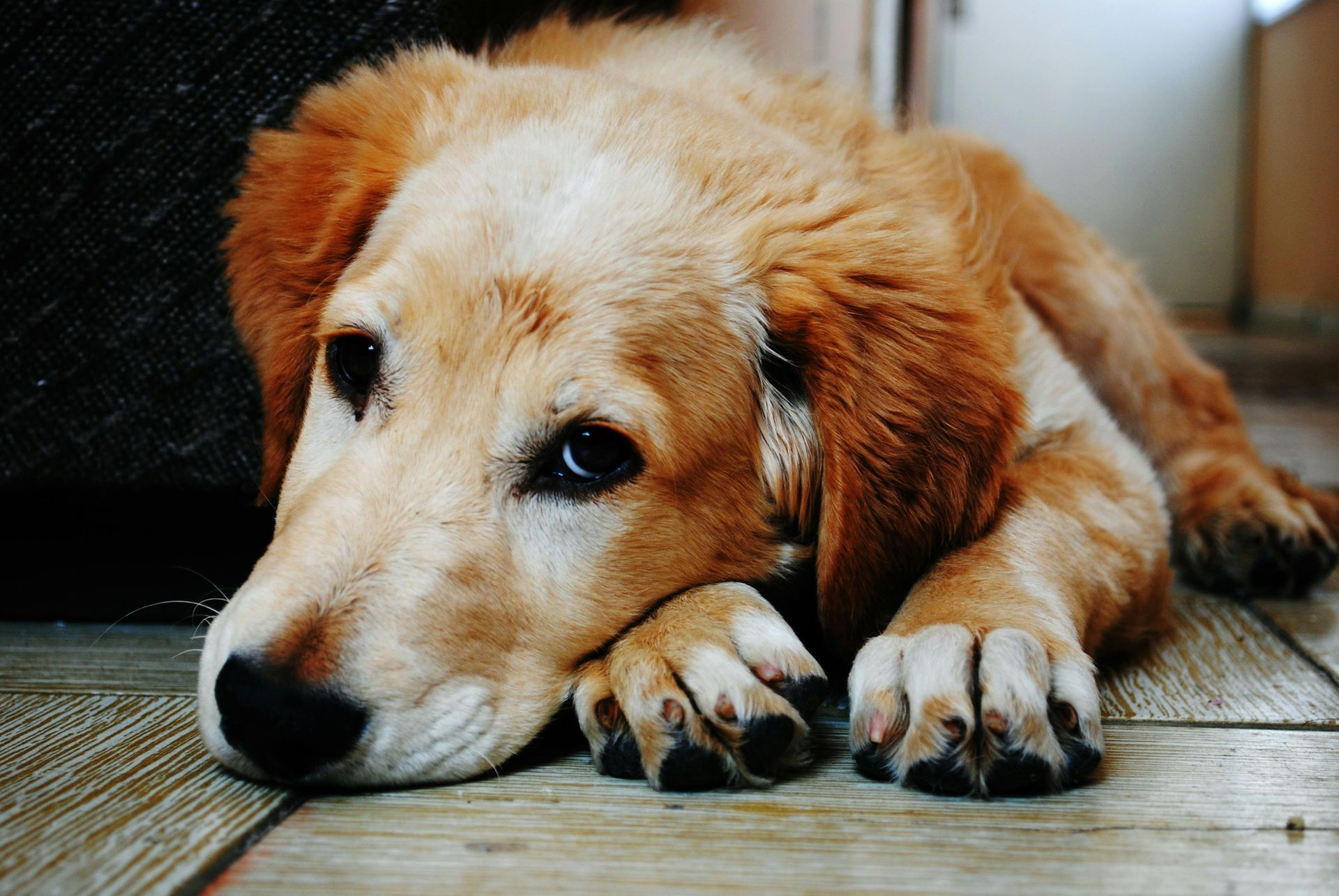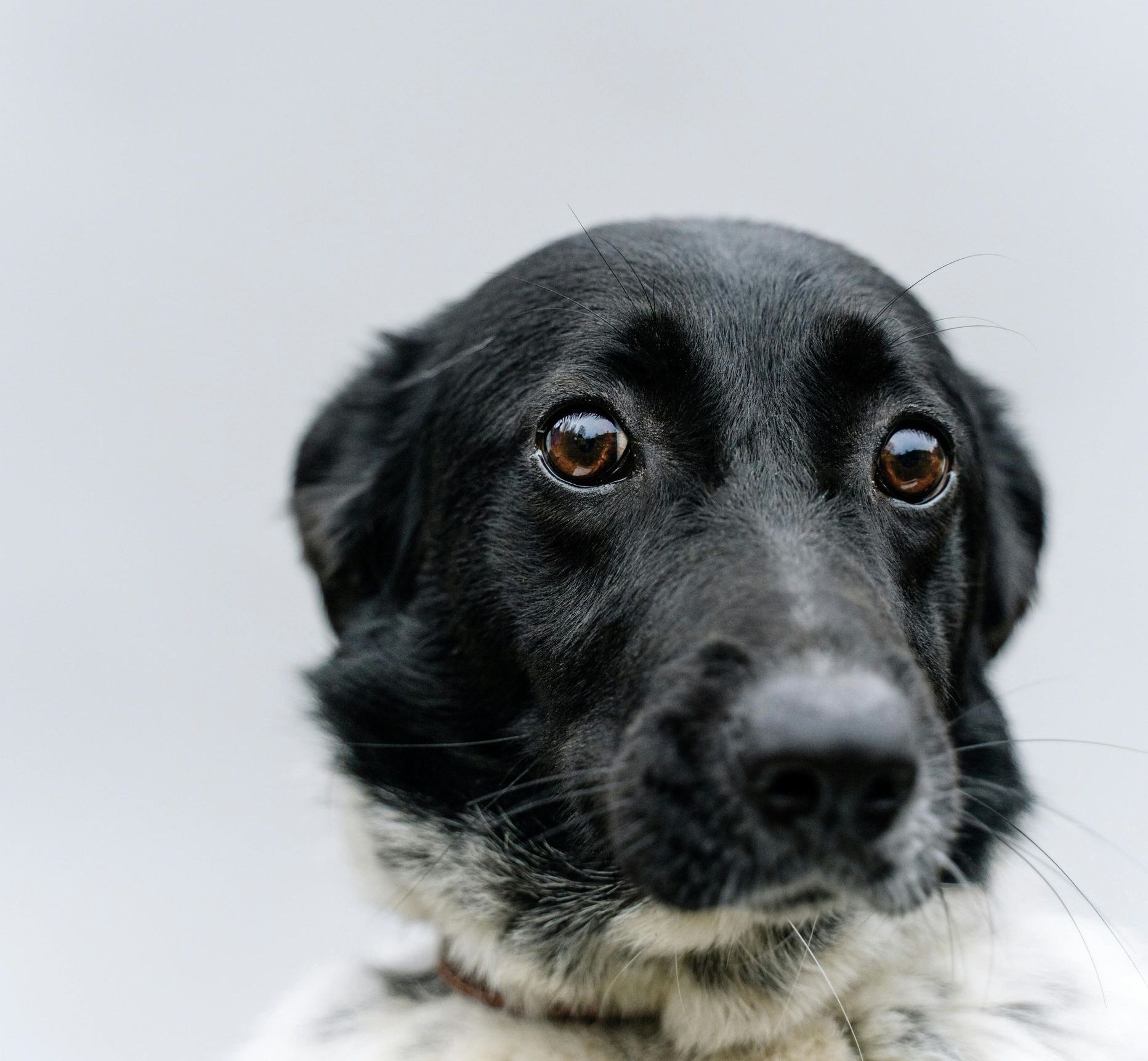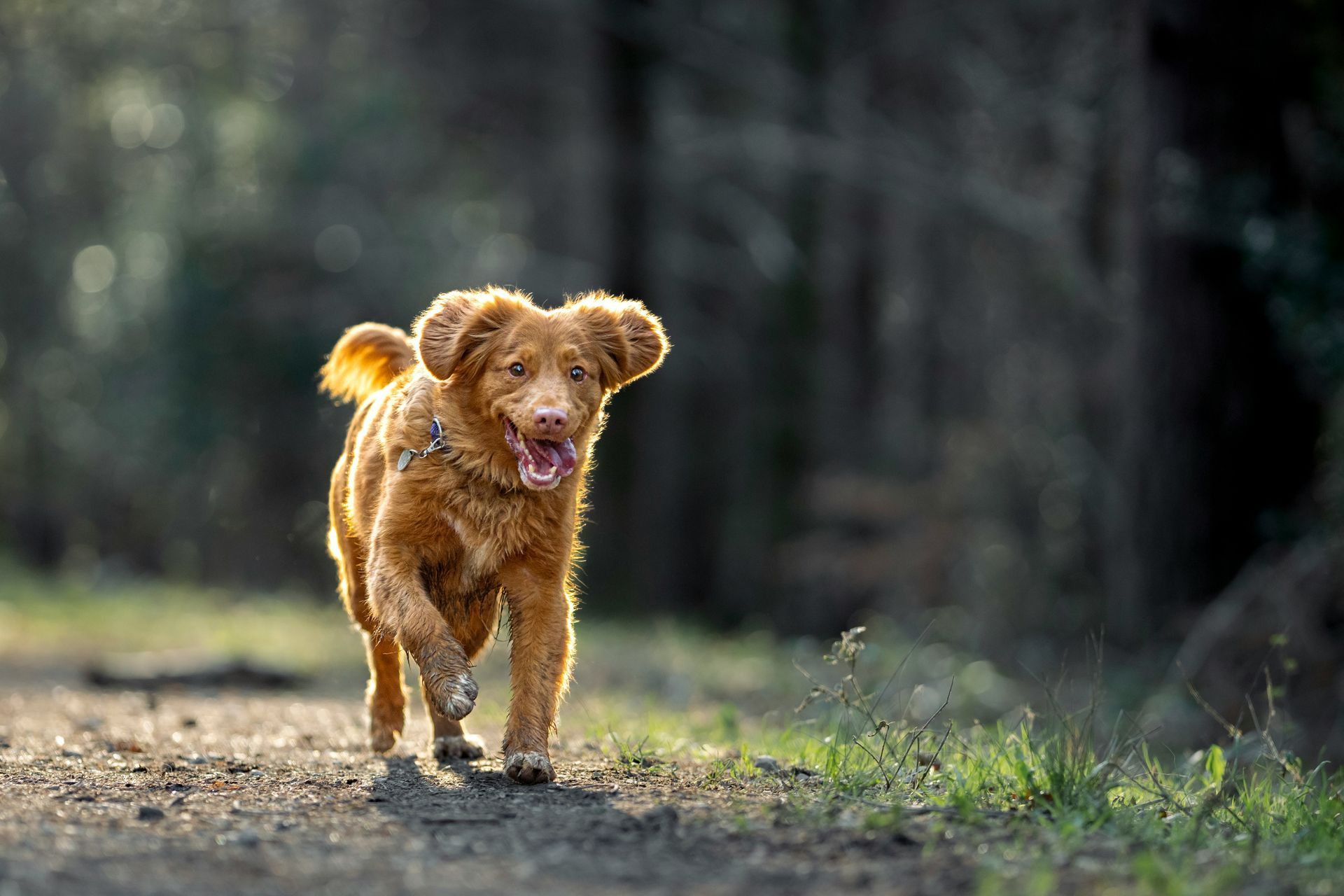What to Do If Your Pet Won’t Eat
It can be concerning when your pet suddenly refuses to eat their food. A loss of appetite, also known as anorexia in pets, can have many causes ranging from stress to underlying health issues. Here’s what you can do to address the problem and get your furry friend back on track:
1. Rule Out Illness
If your pet stops eating, the first step is to rule out medical issues. Loss of appetite can signal problems like dental pain, digestive issues, or more serious conditions. Monitor for additional symptoms such as vomiting, diarrhea, or lethargy.
Tip: If your pet hasn’t eaten for more than 24 hours or shows other signs of illness, consult your veterinarian immediately.
2. Evaluate Their Diet
Your pet’s refusal to eat might be related to their food. It could be stale, unappealing, or causing an upset stomach.
Tip: Check the food’s expiration date and try offering a fresh batch or a different flavor.
3. Consider Environmental Changes
Pets can be sensitive to changes in their environment or routine. A new home, a recent move, or even the addition of another pet can cause stress and disrupt their eating habits.
Tip: Create a calm, quiet feeding area and stick to a consistent feeding schedule.
4. Try Appetite-Boosting Tricks
If your pet is otherwise healthy but still uninterested in food, try making mealtime more appealing:
- Warm their food slightly to enhance the aroma.
- Add a small amount of low-sodium chicken broth or a pet-safe topper.
- Hand-feed them to encourage eating.
5. Don’t Overuse Treats
While it can be tempting to offer treats when your pet isn’t eating, this can lead to bad habits and make the problem worse. Instead, focus on finding the root cause of their appetite loss.
When in doubt, consult your veterinarian to determine the best course of action. With a little patience and care, your pet will likely return to enjoying their meals in no time.
Sources:
When to Worry if Your Dog Isn't Eating (& What to Do) | LoveToKnow Pets
Why Your Dog Won't Eat: Causes & Solutions
